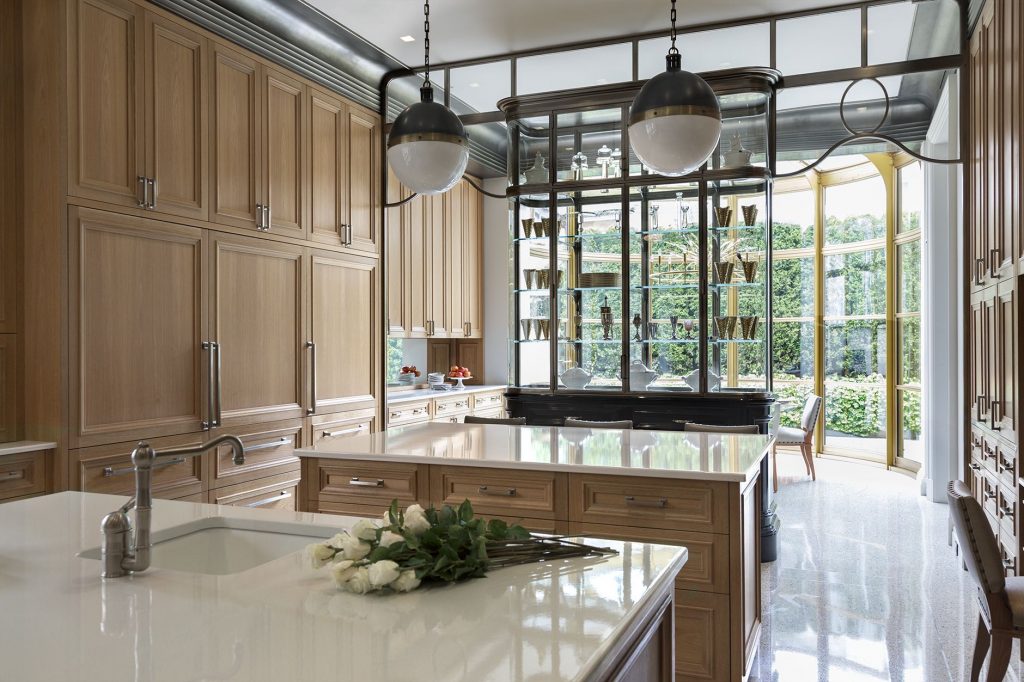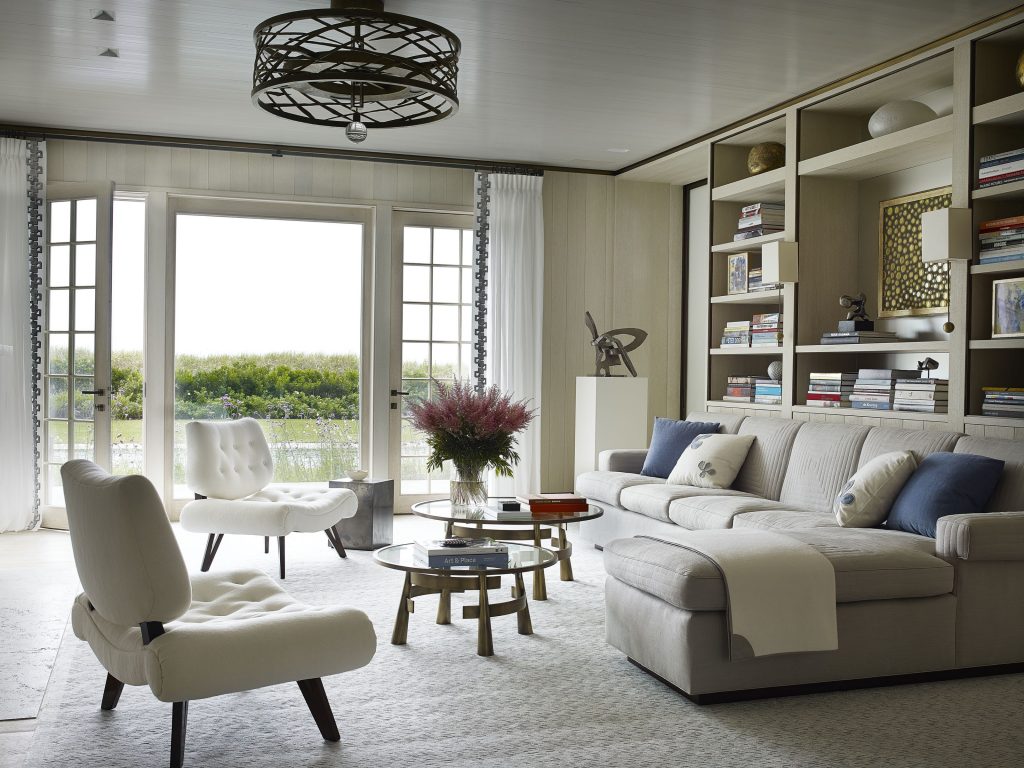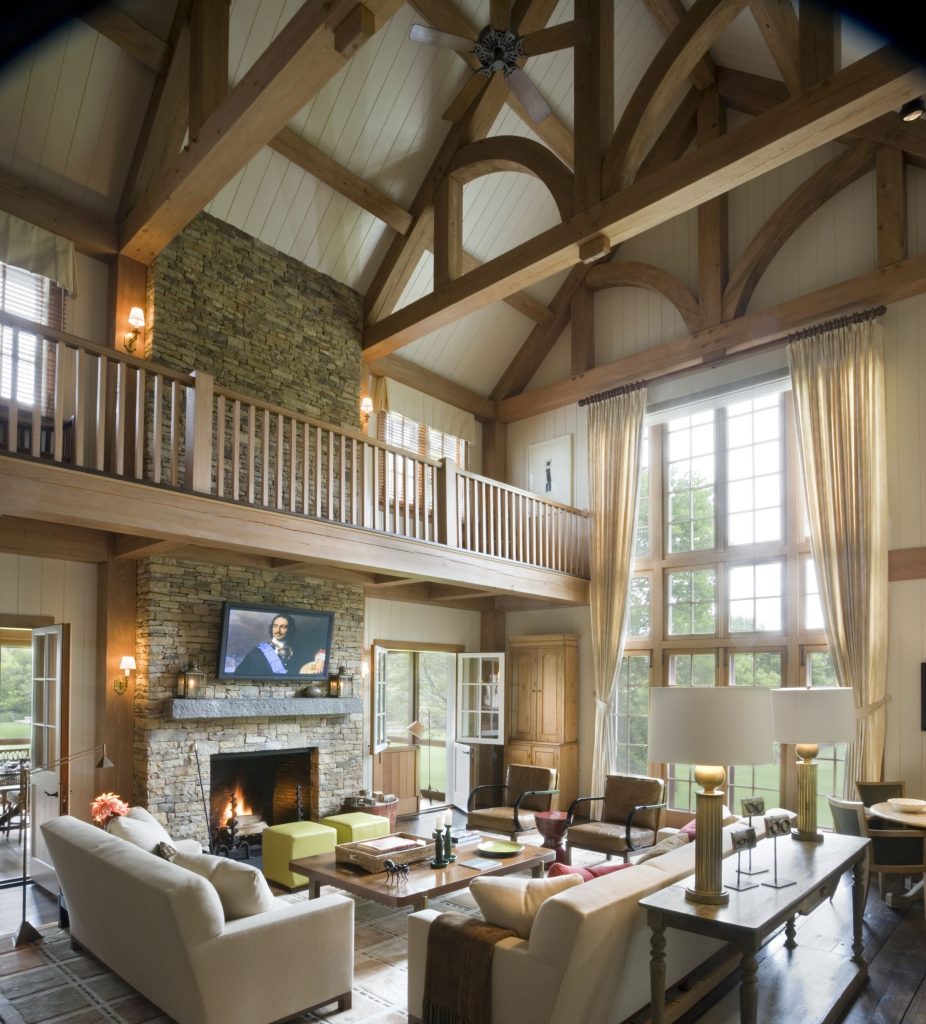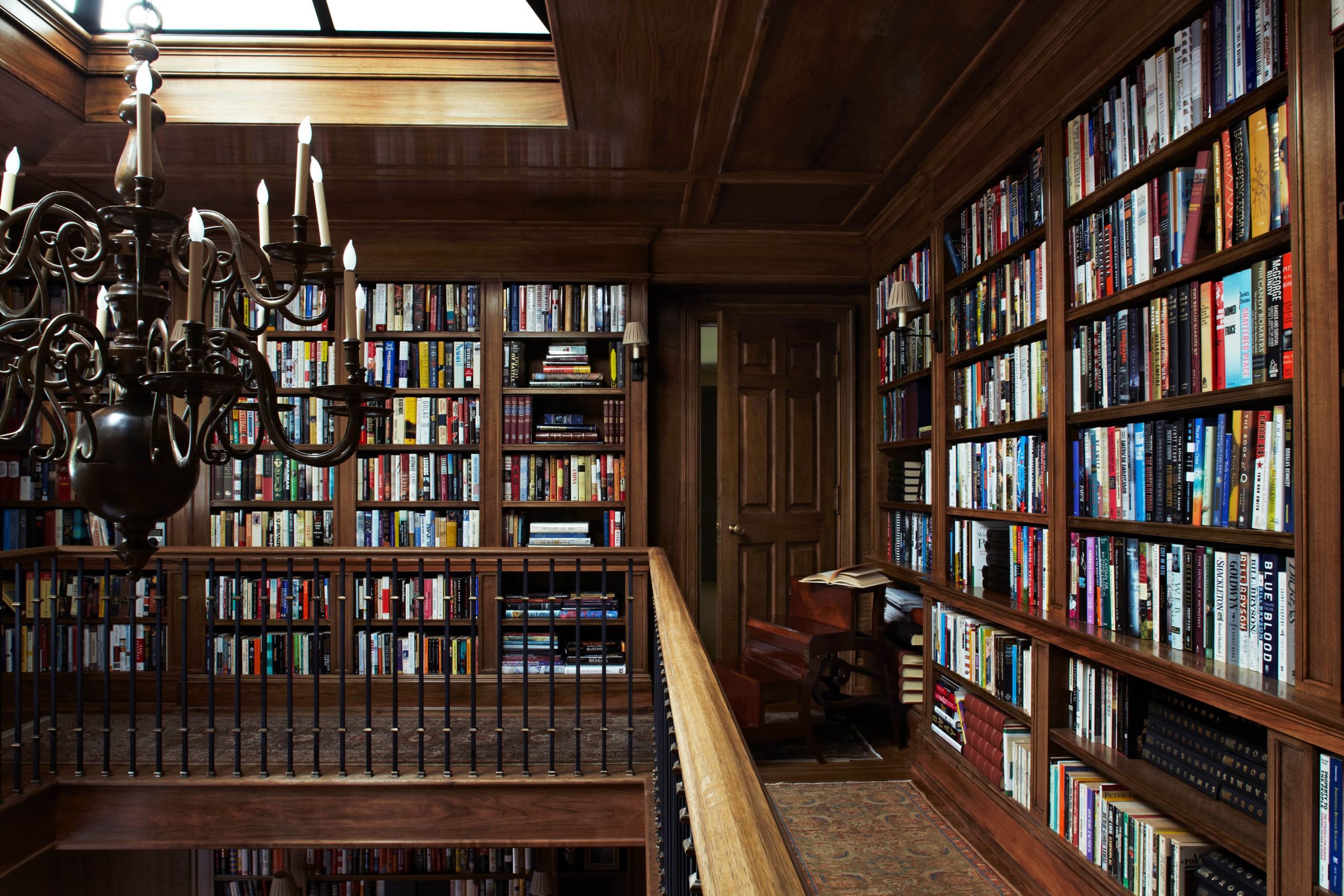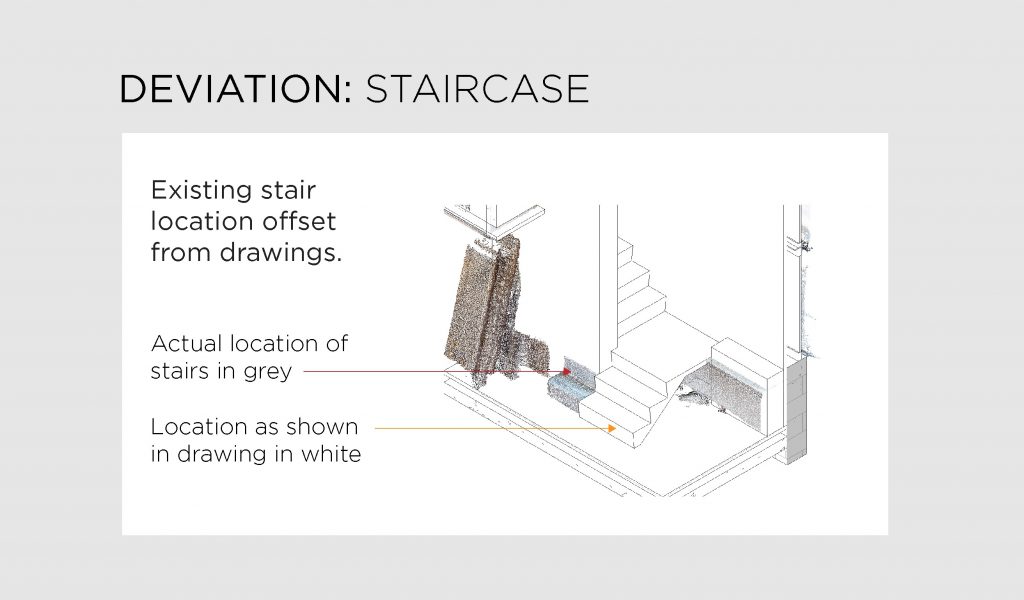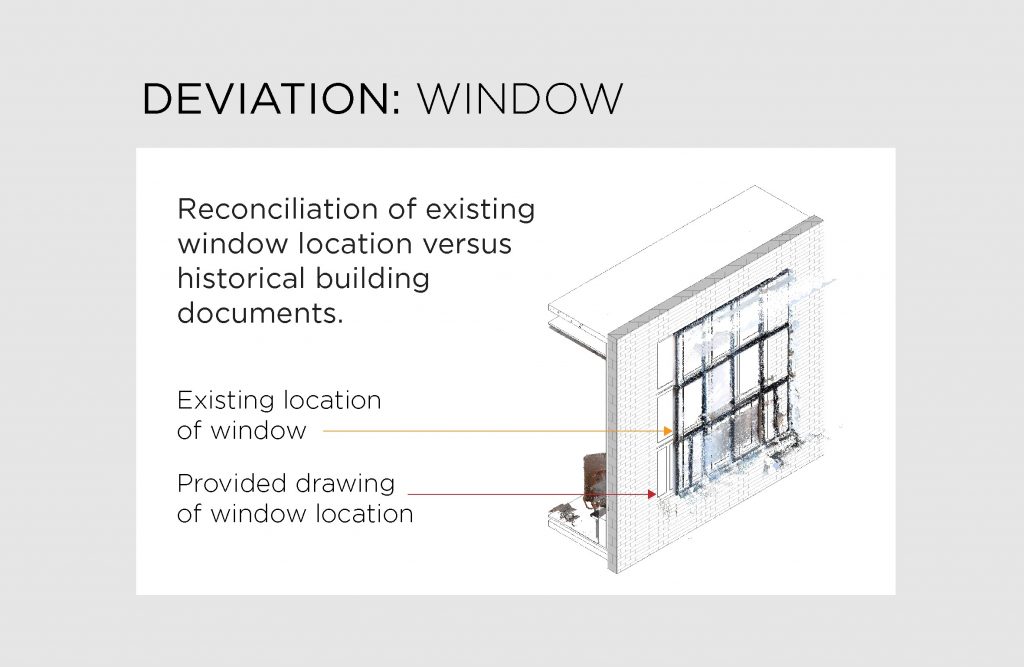D. Reis Furniture was founded in 1983 by Dominic Reis, who immigrated to the U.S. from Portugal at the age of 22 to pursue his passion in high-end cabinetry and furniture. By the age of 27, Dominick had earned a degree in design and secured the capital to start his own business. Today, 38 years later, D. Reis Furniture and Woodwork (DRF) is one of most well respected and top millwork companies in the country.
The DRF shop is a 20,000 SF facility based on Long Island. Today, their teams manage not just millwork but also oversee complex assemblies of metals, glass, stone, and leathers to provide the comprehensive support high-end residential projects require. DRF uses the finest craftsmanship methodologies and materials to ensure that all projects are built to the highest level possible and even the most complicated of projects are flawlessly installed. To learn more about the company and how you can partner with our team, please contact John Pereira at jpereira@dreisfurniture.com.
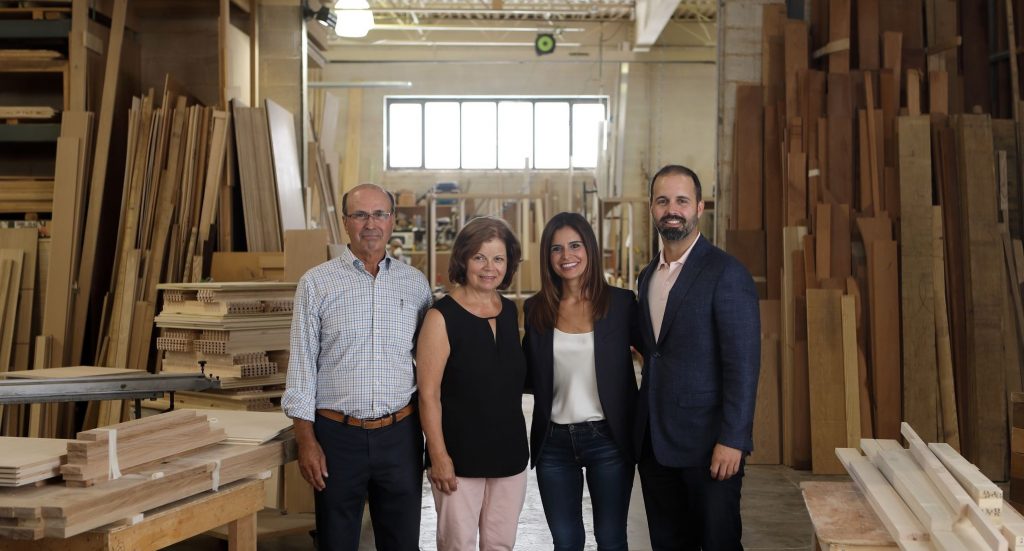
Completed Work
